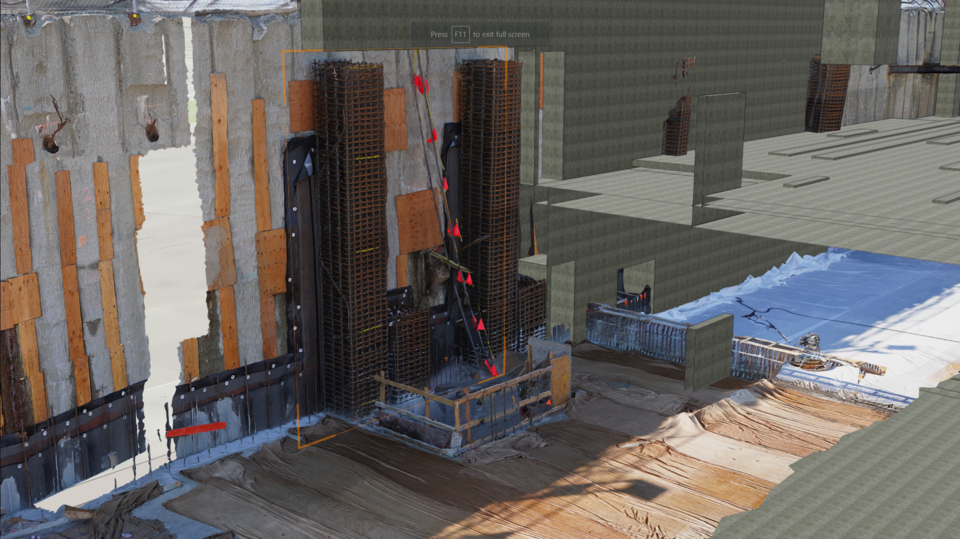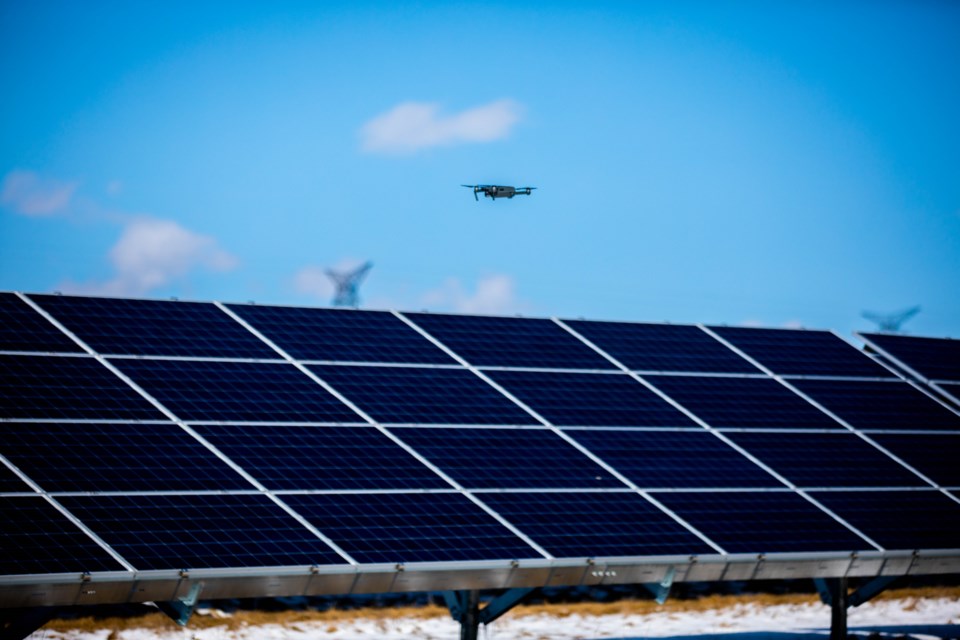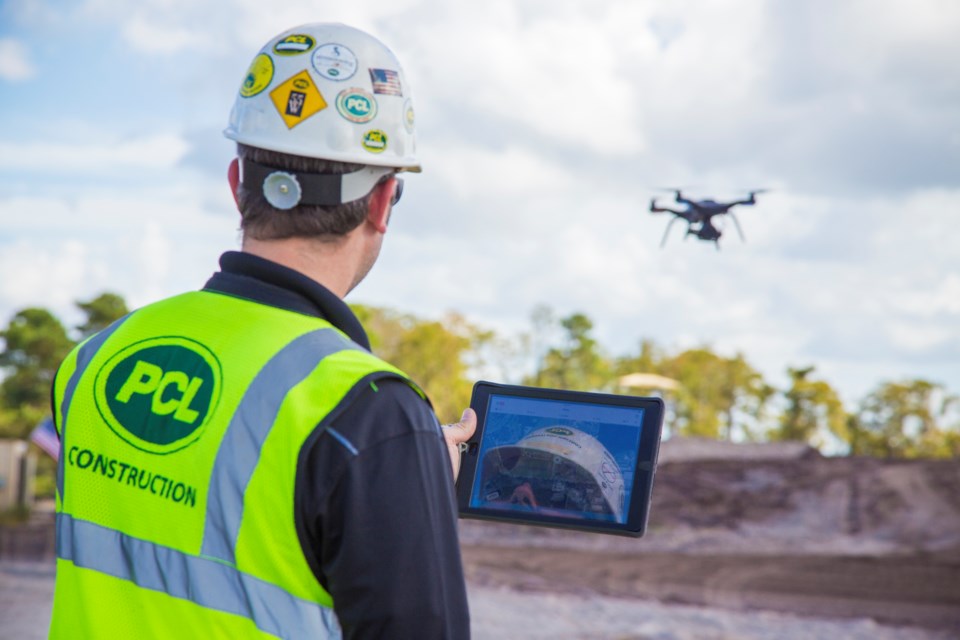By Lina Stinnett, Senior Manager, Integrated Construction Technology, PCL Construction
This story was originally published on BuildingTransformations.org and was republished with permission.
Talk to anyone on PCL Construction’s integrated construction technology team about Artificial intelligence (AI) and its rate of evolution, and they’ll be quick to remind you that the technology is in many ways still in research and development.
Yet AI’s infancy stages may be its strongest advantage – because the technology is still being developed, construction teams are willing to experiment with it and can tailor AI for their unique project needs.
Artificial Intelligence doesn’t work by flipping an “on” switch. The nature of machine learning requires training a model with data and then leveraging that model to solve questions or opportunities. Identifying that task or solving the calculation is our role as construction innovators. The most effective use cases for AI will come from experimentation and identifying where the technology can be used to bring the most business value. PCL is invested in AI innovation, leveraging enhanced AI technology, and implementing it on numerous projects and market sectors across the company.
Leveraging Repetition in AI
There are two important sides to Artificial Intelligence – machine learning, which learns algorithms and makes computations based on processes, and generative AI, which can then create plans based on repeatable processes. AI has served as a valuable tool in creating efficiencies on projects that require repetition, including the rows of hardware stacks found in data centers, repetitive patient room designs in hospitals, and layers of piping in industrial construction. For projects leveraging prefabrication construction methods, adding AI to the prefabrication process can increase quality, improve safety, and shorten schedules. All of this will become a critical workflow as we learn to do more with fewer workers amidst the industry’s labor shortage.
One example of a PCL innovation is the HeviLift suite of programs. Refined over the course of nearly two decades, HeviLift has become a staple on PCL industrial projects, valued for its ability to create more efficient schedules while lowering costs. Traditionally, heavy lift planning is done in the pre-construction phase. Lift engineers organize disparate details — weights, dimensions, positions, locations, available workforce — into a coordinated lift sequence largely built around the project’s most critical lifts.
With the help of automation, HeviLift creates in minutes what would otherwise require innumerable hours for a lift engineer. Data such as the project schedule, database of available cranes, and lift objects is inputted into the program, which then produces a 4D (the term for tying the building information model to the construction schedule) for the project, lift schedules, and lift studies. Schedule durations can be shortened by as much as 35% compared to traditional lift planning approaches, which in aggregate shortens a timeline by several months, especially if applied early in the process.

Creating Efficiencies in Data Collection
Data collection is another area where AI offers the opportunity to create efficiencies. For example, PCL is currently implementing AI in the construction of a new hospital in Vancouver. Images of the jobsite are captured by 360-degree cameras, which an AI platform compares to the BIM (building information model) to calculate the project’s progress toward completion. The AI software can track production metrics such as the number of mechanical and electrical elements installed and its percentage of completion.
Previously the task of data collection may have required two full-time positions, but with the use of AI, those two employees can be reallocated to more productive jobsite tasks. You can’t eliminate the human element, though. While AI can calculate how much progress has been completed on a job, it requires human intelligence to understand what should have been installed initially and if it was done accurately.

Adapting and Enhancing Existing Technology
Artificial intelligence uses predictions based on past results to predict the correct answer to a given calculation. The more we experiment with AI on a job site, the more information the technology can pull from to determine an answer. If we’re going to shape AI technology to our unique uses, we must start using the technology to learn how it can be enhanced.
Consider PCL Construction’s collaboration with AI Clearing. Currently in use on projects across the U.S. and Canada, data is captured during a drone flight and fed into the AI Clearing’s platform. AI Clearing consumes the data and provides reports on daily progress in the field through monitoring specific Key Performance Indicators (KPIs) and flags potential deviations for further review. Previously, this process was performed manually requiring additional labor and equipment. Through the use of AI, this process is streamlined and more efficient, as well as provides project teams with accurate insight and analytics into the progress of their project.
Emphasizing the importance of combining human intelligence with AI, the PCL team found opportunities to enhance the AI Clearing tool. There are still many project components that might be missed by a drone, or in the case of winter construction, times when the drone can’t be flown. PCL partnered with AI Clearing to develop an App where someone on the ground can input data missed by a drone into AI Clearing and data seamlessly updates within the online dashboard. This process allows the team to execute the wholistic task of data collection and review.
The lesson learned? AI is not a one-size fits all approach. It’s important to combine industry-leading construction knowledge with powerful AI tools to tailor them to meet the needs of specific projects.
Lean into Creativity and Collaboration
When construction is given an avenue to be creative and the autonomy to explore, our shared brain power, combined with AI experimentation, expedites the use of innovation and leveraging new technologies in our industry.
While there is still reason to question the validity of AI in its current state, PCL has prioritized finding solutions for AI within the company as the technology is eminent and ever evolving. AI will soon become an integral tool in construction in multiple facets and play a key role in our horizontal and vertical building environments.
For more information or to discuss your next construction project in Northern Ontario, visit PCL Constructors Northern Ontario Inc. or call 705-995-2225.
